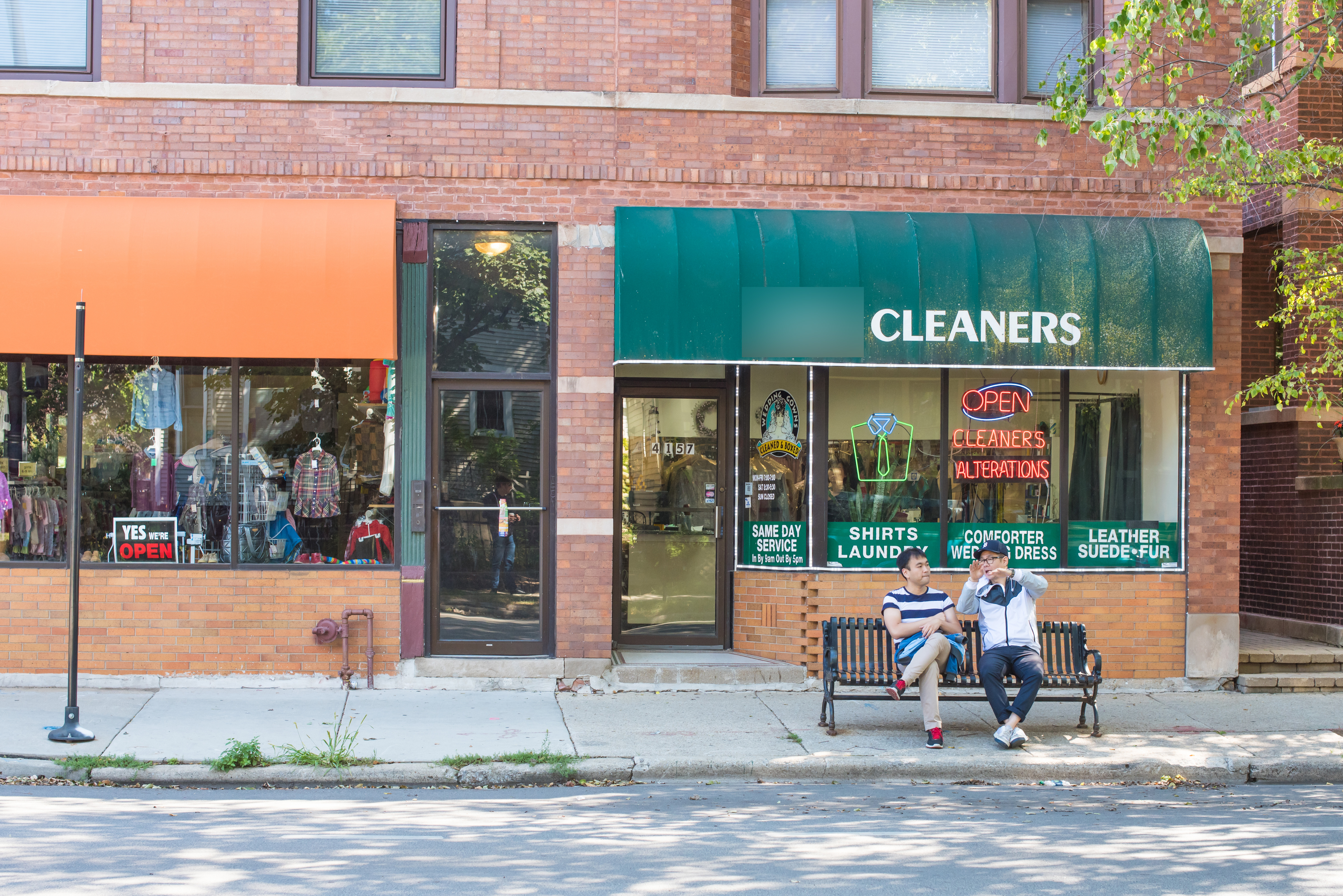“It’s a beautiful day in this neighborhood,
A beautiful day for a neighbor.
Would you be mine?
Could you be mine?” (© McFeeley-Rogers Foundation)
I live in a town with lots of great neighbors, and I also like to patronize local businesses. However, while visiting these businesses, sometimes I can’t help notice the telltale signs of environmental issues such as steel covers in pavement labelled “monitoring well”; unusual pipes and fans at the dry cleaner; and an equipment shed at the gas station with pumps and air compressors humming inside. As an environmental professional that’s involved daily with similar issues, I have to ask myself, “Just how beautiful is my neighborhood?”
To find out, I searched public information and discovered at least 75 contaminated sites within a few miles of home. Most of these sites had leaking underground storage tanks, but there were a surprising number of dry cleaners. The sites were clustered in two primary commercial districts, and given the frequency with which I visit them, I decided to conduct a quick technical review to check on my peers’ work.
A few blocks from home I can get clothes dry cleaned, dine out, get gas, and do some banking. As you may have surmised, all of these were on my list of contaminated sites. The first stop on my virtual tour was a closed dry cleaner that leaked chemicals into the ground and caused contamination of soil and groundwater beneath the dry cleaner and adjacent tenants, including a restaurant. The project team addressed exposure to soil by using the existing buildings as physicals barriers to human contact and addressed exposure to groundwater by referencing a local ordinance that prohibits the use of groundwater for potable use. Since chemicals in soil and groundwater could also cause indoor air contamination through volatilization, the site contains a system designed to prevent potentially harmful vapors from beneath the floor from entering the occupied spaces. This project was conducted pursuant to the state’s voluntary remediation program regulations and received a closure letter.
Just a few steps down the street was another dry cleaner that also caused soil and groundwater contamination. At this operating business, cleaning up dry cleaning solvent in soil was determined impractical because it was beneath a basement floor and there was limited access to the contamination. Therefore, a closure letter was issued for this site (which also required physical barriers and a groundwater use restriction). However, closure of the site was obtained prior to promulgation of regulations addressing exposure from indoor vapors.
The final stops on my virtual tour of neighborhood contaminated sites were leaking tanks sites. These sites were routine jobs that involved removal of the tanks and surrounding contaminated soil, and all received closure letters.
My brief review of sites in the neighborhood shows that environmental issues are adequately addressed. Although every site discovered some level of groundwater contamination, none required groundwater cleanup since no one used groundwater as a drinking water source. Did I feel safe after looking “under the hood” of the neighborhood? The answer is yes – it looks like good work was done to find and fix my town’s problems and I’d have no issues doing business in town. There was little contamination here and there, and changing regulations could require some additional work, but everything still looked beautiful. Thank you, neighbor (and cue the music)!




